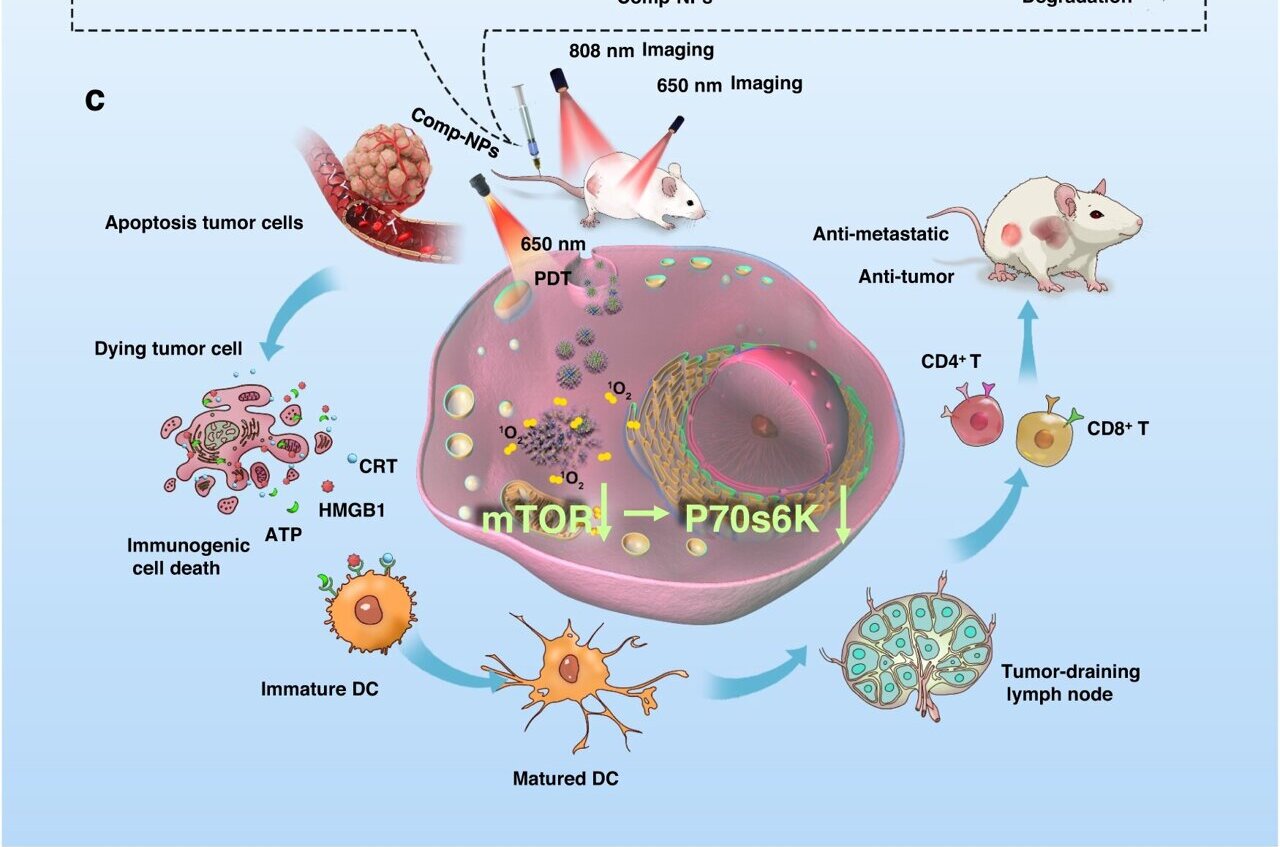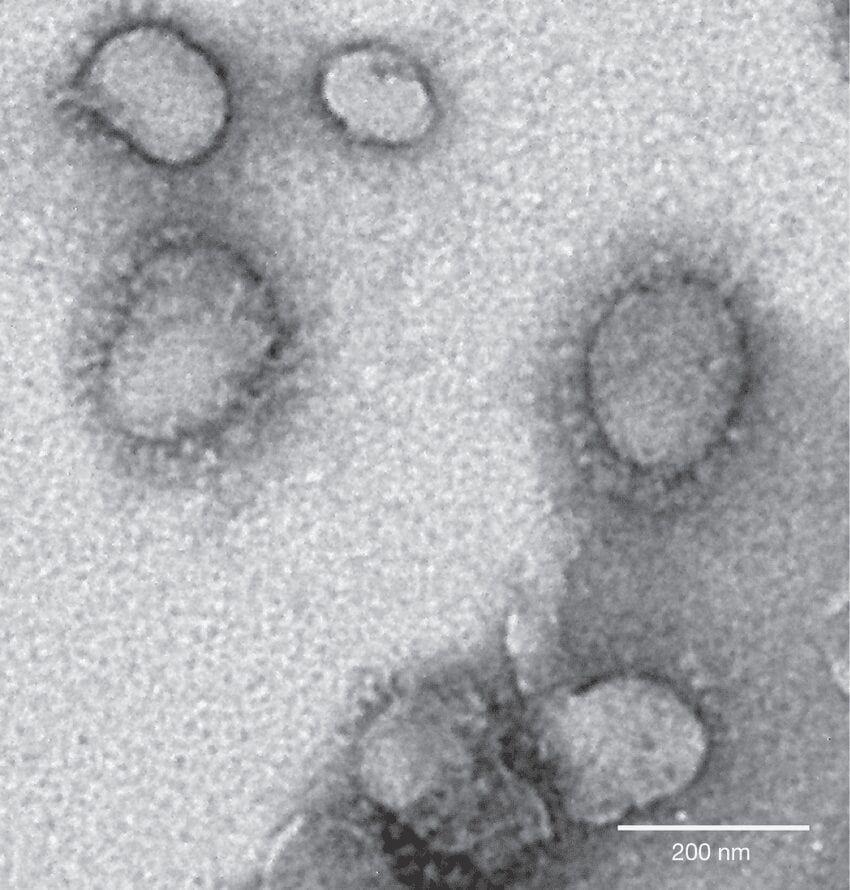
Landmark preclinical study cured lung metastases in 50 percent of breast cancers by making nanoparticles inside the tumor
A team of investigators from Houston Methodist Research Institute may have transformed the treatment of metastatic triple negative breast cancer by creating the first drug to successfully eliminate lung metastases in mice. This landmark study appears today in Nature Biotechnology.
The majority of cancer deaths are due to metastases to the lung and liver, yet there is no cure. Existing cancer drugs provide limited benefit due to their inability to overcome biological barriers in the body and reach the cancer cells in sufficient concentrations. Houston Methodist nanotechnology and cancer researchers have solved this problem by developing a drug that generates nanoparticles inside the lung metastases in mice.
In this study, 50 percent of the mice treated with the drug had no trace of metastatic disease after eight months. That’s equivalent to about 24 years of long-term survival following metastatic disease for humans.
Due to the body’s own defense mechanisms, most cancer drugs are absorbed into healthy tissue causing negative side effects, and only a fraction of the administered drug actually reaches the tumor, making it less effective, said Mauro Ferrari, Ph.D, president and CEO of the Houston Methodist Research Institute. This new treatment strategy enables sequential passage of the biological barriers to transport the killing agent into the heart of the cancer. The active drug is only released inside the nucleus of the metastatic disease cell, avoiding the multidrug resistance mechanism of the cancer cells. This strategy effectively kills the tumor and provides significant therapeutic benefit in all mice, including long-term survival in half of the animals.
This finding comes 20 years after Ferrari started his work in nanomedicine. Ferrari and Haifa Shen, M.D., Ph.D., are co-senior authors on the paper, which describes the action of the injectable nanoparticle generator (iNPG), and how a complex method of transporting a nano-version of a standard chemotherapy drug led to never before seen results in mice models with triple negative breast cancer that had metastasized to the lungs.
“This may sound like science fiction, like we’ve penetrated and destroyed the Death Star, but what we discovered is transformational. We invented a method that actually makes the nanoparticles inside the cancer and releases the drug particles at the site of the cellular nucleus. With this injectable nanoparticle generator, we were able to do what standard chemotherapy drugs, vaccines, radiation, and other nanoparticles have all failed to do,” said Ferrari.
Houston Methodist has developed good manufacturing practices (GMP) for this drug and plans to fast-track the research to obtain FDA-approval and begin safety and efficacy studies in humans in 2017.
“I would never want to overpromise to the thousands of cancer patients looking for a cure, but the data is astounding,” said Ferrari, senior associate dean and professor of medicine, Weill Cornell Medicine. “We’re talking about changing the landscape of curing metastatic disease, so it’s no longer a death sentence.”
Learn more: First Injectable Nanoparticle Generator Could Radically Transform Metastatic Breast Cancer Treatment
The Latest on: Injectable nanoparticle generator
[google_news title=”” keyword=”injectable nanoparticle generator” num_posts=”10″ blurb_length=”0″ show_thumb=”left”]
via Google News
The Latest on: Injectable nanoparticle generator
- Best Whole House Generators Of May 2024on May 8, 2024 at 2:46 am
We earn a commission from partner links on Forbes Home. Commissions do not affect our editors' opinions or evaluations. Whole house generators can help you disconnect from the grid entirely or ...
- Nanoparticle researchers develop microfluidic platform for better delivery of gene therapy for lung diseaseon May 7, 2024 at 7:14 am
Drug delivery researchers at Oregon State University have developed a device with the potential to improve gene therapy for patients with inherited lung diseases such as cystic fibrosis.
- Researchers develop a nanoparticle that can penetrate the blood-brain barrieron May 6, 2024 at 12:00 pm
Researchers at Sylvester Comprehensive Cancer Center at the University of Miami Miller School of Medicine have developed a nanoparticle that can penetrate the blood-brain barrier. Their goal is to ...
- Nanomedicinal Strategies to Treat Multidrug-resistant Tumors: Current Progresson May 5, 2024 at 5:00 pm
Nanomedicine. 2010;5(4):597-615. Nanoparticles have the potential to improve the therapeutic index of currently available drugs by increasing drug efficacy, lowering drug toxicity and achieving ...
- Your Guide to Injectable Alternatives to Statinson April 30, 2024 at 5:00 pm
However, in recent years, injectable alternatives such as PCSK9 Inhibitors have been introduced to help reduce cholesterol levels. High cholesterol can increase your risk of developing heart ...
- Keep Your Your Generator Running With These Top Tipson April 16, 2024 at 11:32 am
With a six-month hurricane season on the east coast, an even longer wild fire season in the west, and tornadoes filling the gap in between, generators have become essential equipment for people ...
- Best password generator of 2024on April 11, 2024 at 11:44 pm
This is important as user accounts are becoming increasingly targeted by hacking attacks, either to access an individual's personal data to sell, or to access business systems the person might ...
- The 18 Best Generator Brands of 2024on April 11, 2024 at 11:19 am
When a storm strikes and the power goes out, a generator from one of the best generator brands can prevent hours in the dark and a fridge full of spoiled food. Depending on its size, a portable ...
- The best portable generators in 2024, tested and reviewedon April 9, 2024 at 4:08 pm
This 46-pound generator provides plenty of power and runs quietly. A five-gallon fuel tank gives it a nine-hour run time at half capacity. A pair of solar panels make this an ideal solution for ...
- Fire officials urge safe generator use during spring nor'easteron April 4, 2024 at 7:28 pm
SO ON NIGHTS LIKE TONIGHT WHEN THE POWER IS OUT AND YOU WANT TO FIRE UP THE GENERATOR YOU REALLY HAVE TO MAKE SURE YOU'RE DOING IT IN A SAFE WAY BECAUSE IT CAN QUICKLY TURN INTO A DANGEROUS ...
via Bing News










